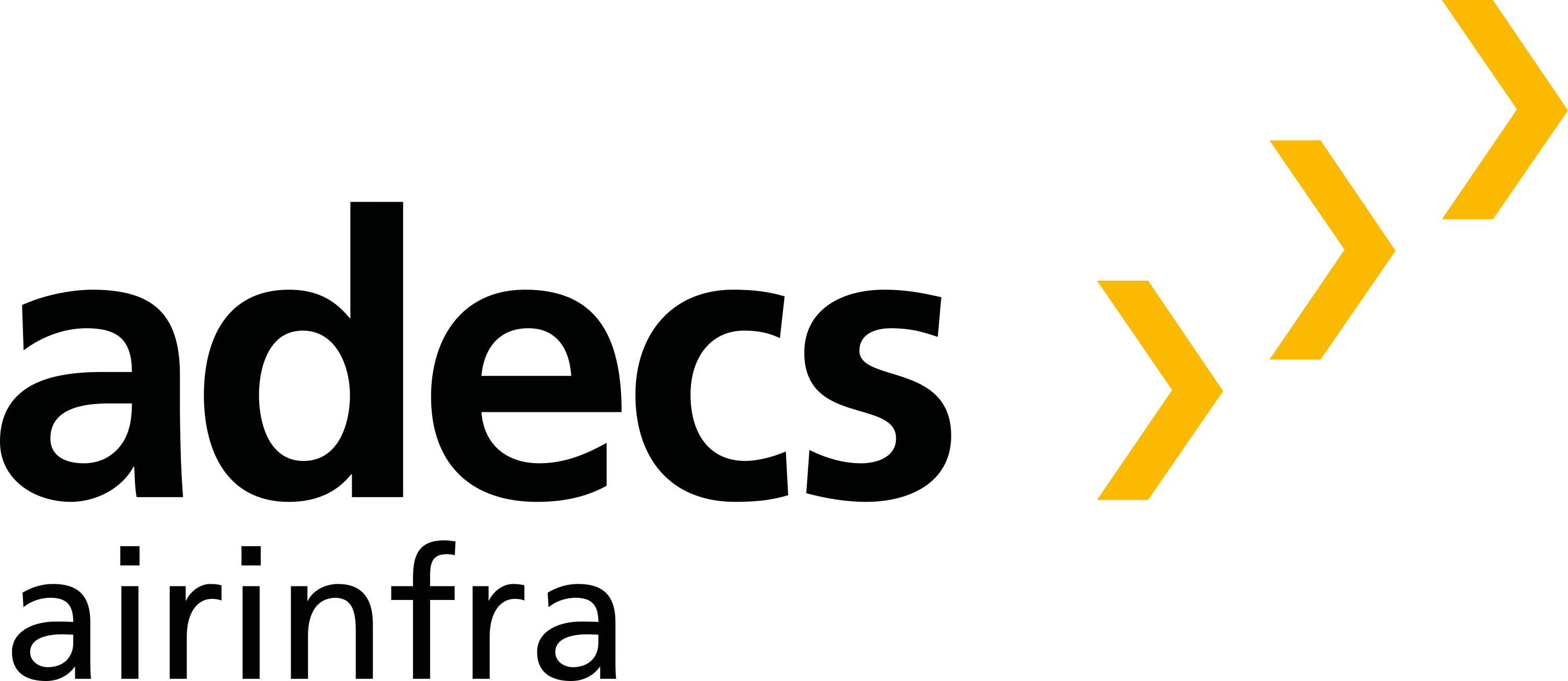The four steps of an agile implementation
| Company | Adecs Airinfra BV |
|---|---|
| Date | 22.05.2019 |

When implementing a new application to optimise airport operations, we often see that there is an initial plan made and everything and everyone must stick to that plan. Although a plan is crucial, it should only be the starting point. To really reap the benefits of that new application in a changing environment, it is necessary to incorporate new insights as you go. With an agile implementation strategy, this is possible.
Having a plan and finding the best application to go with that plan, is the first step. But it is just that: the first step. A plan can be perfect on paper, but there are a lot of ‘real world’ factors that can change that. With an agile software implementation strategy, you can optimally respond to progressive insights and changing environments. Sticking to the plan until the end only to realise that adjustments are necessary, can be a costly endeavour.
There are many real world factors that can lead you to change the plan during implementation. For instance, data availability or how the airport’s operational processes are defined all have an impact on the use of an application. To ensure that the implementation process becomes and stays agile, meaning that you can adjust your original plan whenever necessary, there are four steps you should follow:
- Identify the stakeholders
- Map the airport’s processes
- Create a priority list
- Plan, do, check, act and repeat
Identify the stakeholders
Who will use the application when it is up and running? And in what way are they going to use it? Airlines, suppliers, air traffic control and ground handlers for instance will be supplying data, while airport staff and passengers will be consuming data. Knowing which parties are involved will give you an insight in what is required from the application, both in terms of supplying data and consuming data.
Map the airport’s processes
What are the current processes between the different stakeholders at the airport and what is their information need? Once that is all mapped out, it becomes clear whether the chosen application is facilitating those workflows or that it will require you to adept these workflows as they may not be optimal. If an application does not fit in your operational processes, you must decide whether the processes itself need to be reviewed, or to review whether the application can be customised to fit your needs. Always ask yourself: are we so special that customisation is required?
Create a priority list
Each stakeholder will have certain requirements when it comes to new applications: those they absolutely need to be able to operate and those they want, because it will increase their productivity, or it will give a better user experience. Having a clear picture of necessities and wishes, will help with the next step of this agile implementation. A favourite method of ours is the ‘MoSCoW method’. This a prioritisation technique often used in software development. With it, you can place requirements and features of an application in four categories: Must have, Should have, Could have, and Won’t have. Based on that you can make decisions about (the customisation of) the optimal application.
Plan, do, check, act and repeat
The best way to implement a new application is not to do it all at once but step by step. The MoSCoW method helps in this strategy, in terms of planning the sprints and their deliverables. Start with the ‘Must Haves’ and order them in such a way that you can start with a minimal viable product, then slowly extend the functionality by adding lower priority items.
As the application is actually used in the early stages of development, new insights will come to light and can be incorporated in the remaining project without causing delays and substantial costs. This approach is the core of an agile implementation.
That is why IT suppliers will often work in ‘sprints’: cycles of building parts of the application, testing and checking these aspects with the users, making changes if necessary, approve the build and start with the next phase. Or in short: Plan, do, check, act and repeat.
Our approach
We think it is essential to create a functional design and implementation plan in advance. We are not trying to make the functional design 100% watertight, but to make it as complete as possible and continue to adjust this design throughout the implementation. The goal is not to implement the software in accordance with a contract, agreement or plan; but in a way in which the software can provide maximum support for the organisation.
One of our mottos is ‘plan, do, check, act and repeat’. And agile implementation is all about that: Start with a plan, build it, check it with the plan and with your stakeholders and adjust the plan or the software where necessary.
If you want to know more about agile implementation and how we can help you with this, please contact us.
Contact
World Trade Center The Hague
Prinses Beatrixlaan 542
2595 BM The Hague
Netherlands
- +31 (0)85 - 007 11 00

